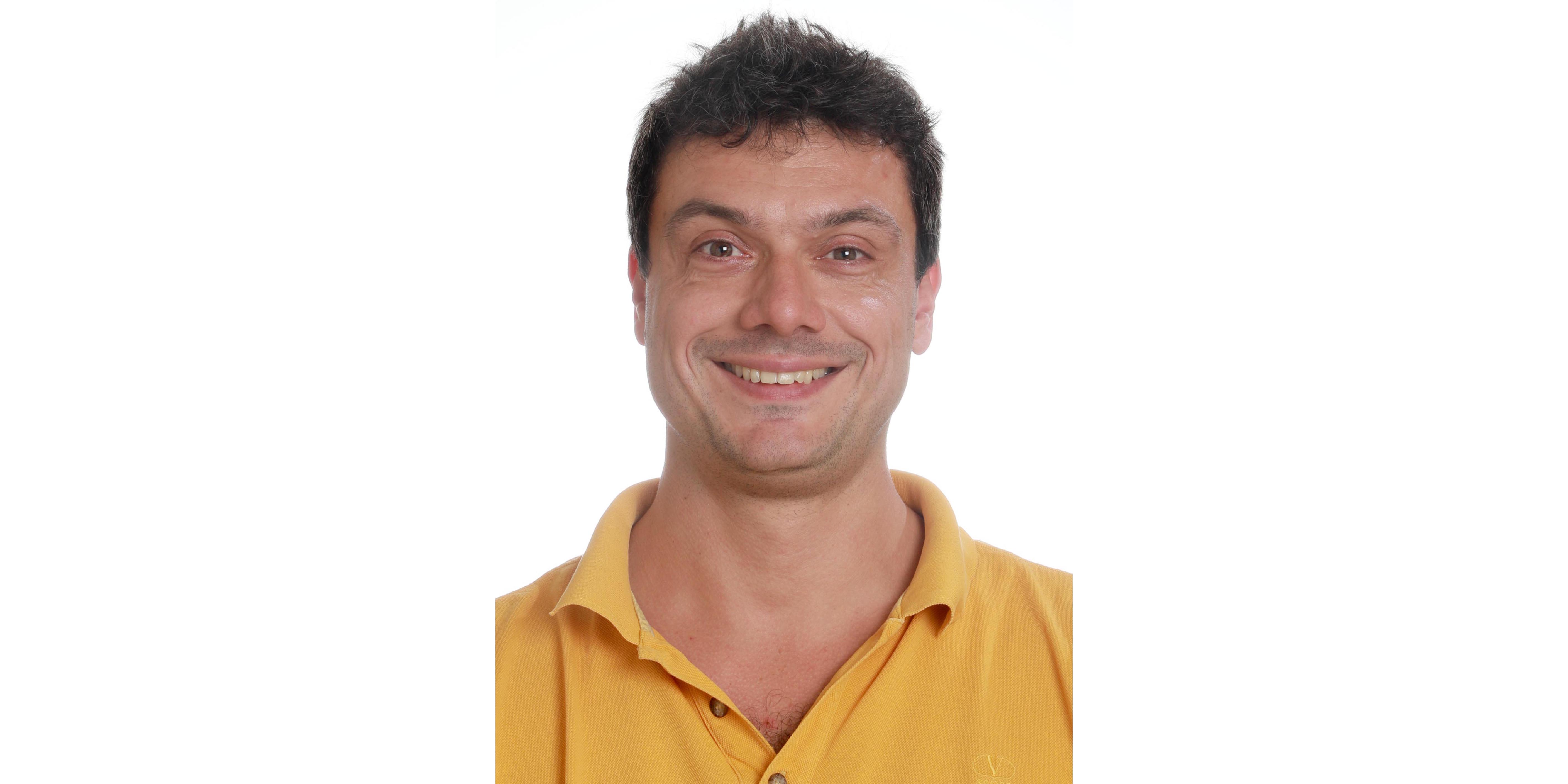Towards understanding metabolite transport in C4 photosynthesis through a biophysical model
Speakers
Event series
Content navigation
Description

In recent years there has been a considerable drive towards engineering C4 photosynthesis into C3 crops as a possible strategy to boost agricultural productivity. This emerged as an alternative strategy to the traditional breeding, which seem to be inadequate to ensure complete food and nutrient security in the face of global warming, population growth, and decreasing arable land availability. Advanced breeding of C4 plants is currently impinged on negatively by lack of knowledge of fundamental C4 physiology. C4 photosynthesis is a variant of the conventional C3 pathway, which some plants evolved in hot environments to reduce photorespiratory energy losses. C4 plants are of primary importance and leading grain (maize, sorghum), sugar (sugarcane), and biofuel (miscanthus) producers. The higher productivity potential arises from the operation of a biochemical shuttle acting as an effective ‘turbocharger’ of the assimilatory machinery. For C4 photosynthesis to operate, a substantial flow of metabolites is continuously exchanged between two partially isolated compartments in the leaf parenchyma (mesophyll and bundle sheath). Our understanding of the fundamental physiological underpinning of the metabolite exchange between bundle sheath and mesophyll is still rudimental. Although it is thought to be mediated by simple diffusion through plasmodesmata, calculations based on anatomy fail to explain physiological diffusion rates. To address this conundrum, I developed a novel model of metabolite transport, based on measured anatomical characteristics. The model encompasses both mass advection through the transpiration stream and metabolite diffusion that was related to temperature with dedicated functions. The cross-section and length of plasmodesmata respond to water availability in two distinct ways. When water is limiting the cytosol shrinks, reducing the section; when water is abundant, turgor expands the cell wall, reducing the length and increasing the section. In this talk I will discuss preliminary model outputs, which I hope will stem a fruitful exchange of ideas.
Location
Eucalyptus Seminar Room, Level 2, RN Robertson Building #46




